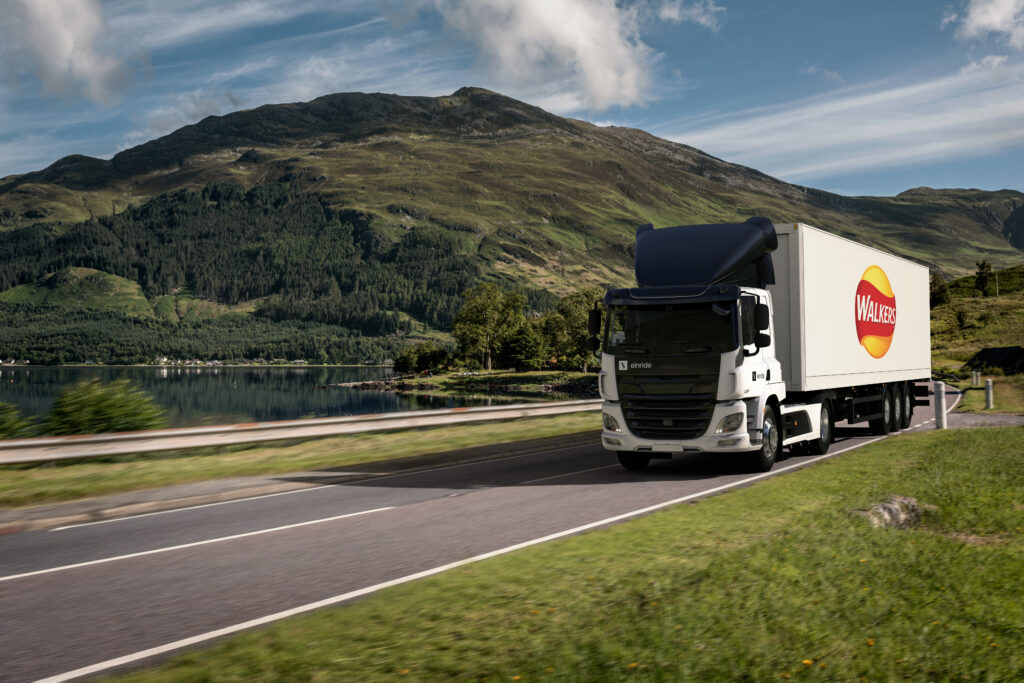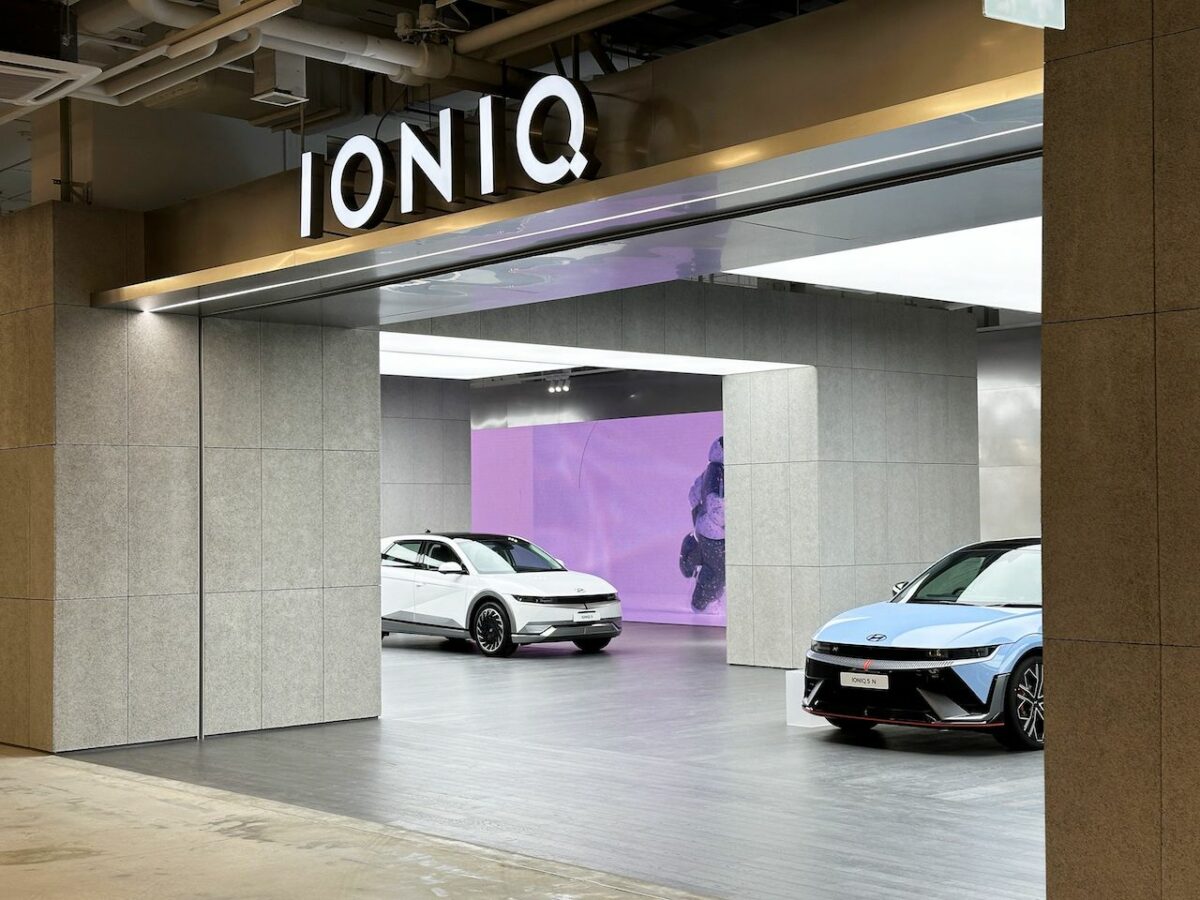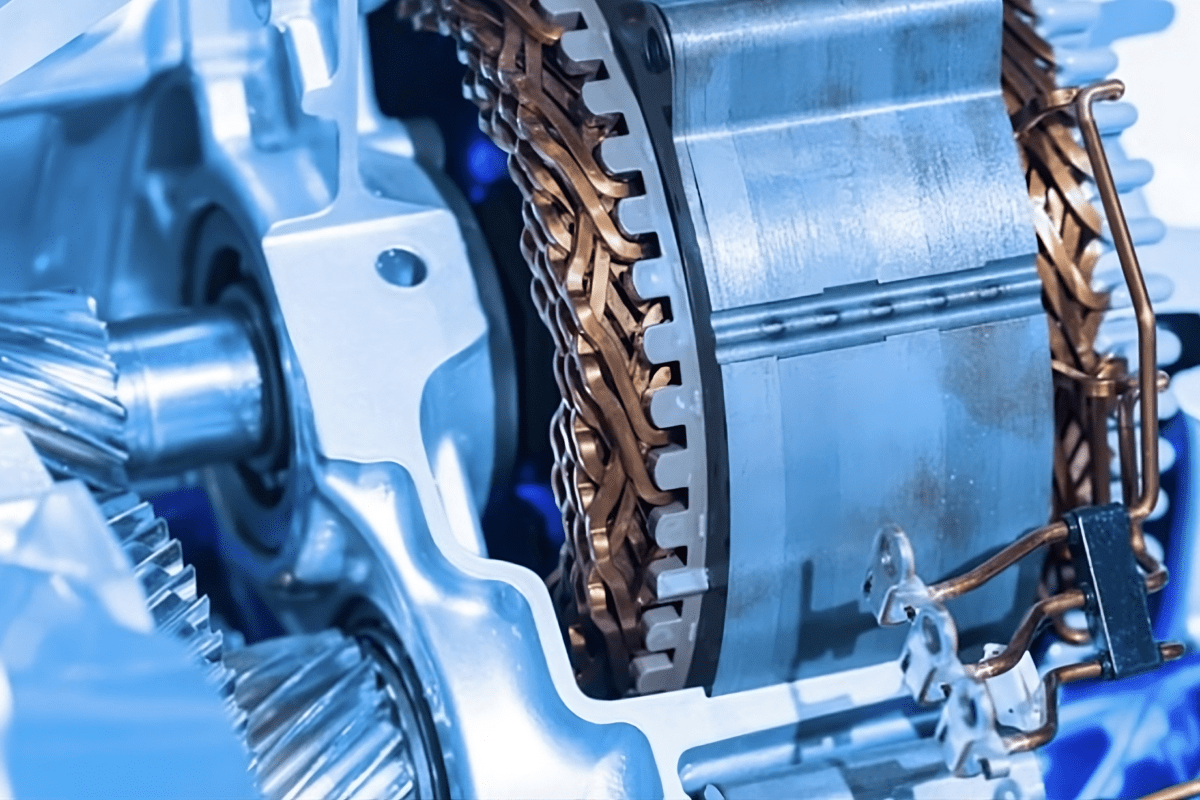The decarbonisation of freight has been largely neglected in the global race towards net zero—despite contributing 30% to all road transport emissions. Governments only recently started to recognise the importance of electrification beyond passenger cars and create the means to support a transition to low-emission transportation.
Current projections give a sense of the challenge. Without significant change, the International Transport Forum (ITF) predicts trade-related freight transport emissions will grow almost four-fold by 2050. Road freight specifically is the worst offender, emitting over 2.2 billion tonnes of CO2 each year—more than double that produced by air, rail and sea freight put together. Medium- and heavy-duty vehicles are a particular problem being the second-largest polluters and accounting for nearly one-quarter of all transportation emissions.
Governments and private companies should work together to align strategies, policies and actions to effectively curb road emissions across global supply chains and meet climate goals. Both the technology and appetite to support the shift to electric road freight exist—so why is it taking so long?
Small steps in the right direction
Incentivising the electrification of heavy-goods vehicles is crucial. Many countries, such as Germany, Norway, Austria and Sweden, have introduced public funding schemes to speed up the electrification of HGVs with grants for both the development of charging infrastructure and the procurement of trucks. Germany’s government provides incentives like cash support to go electric, while in the Netherlands, there are upcoming prohibitions to keep fossil fuel-powered freight vehicles out of certain cities by 2035 with the help of zero-emission zones. In Belgium, zero-emission HGVs are exempt from road taxes.

There’s also the matter of weight. In July 2023, the EU Commission shared a proposal to revise the weight and length standards of electric HDVs. The plan is to make the vehicles more attractive since the batteries could reduce the space and load available for the goods being transported, thus allowing shippers to carry the same amount of goods compared to an internal combustion engine truck.
But progress is not universal. The UK, for instance, has delayed legislative action to help accelerate the decarbonisation of freight, and the plug-in grants available for low-emission vehicles are still limited compared to other European countries and make little difference in the total cost of ownership. Even the US, where aggressive targets were put in place, has faced setbacks with the House of Representatives overturning Environmental Protection Agency (EPA) rules aimed at curbing emissions from heavy-duty vehicles—a move later vetoed by President Joe Biden.
There is a clear interest in electrification from private companies across the globe. But at the end of the day, the industry is still young and the private sector interest can only go so far without government support. With countries each on an individual path to electrification, the goalposts are always shifting, and this can serve as a barrier to transforming supply chains on a global scale.
Curbing misconceptions
Misconceptions about electric vehicles help feed setbacks and prevent widespread adoption. The main pain point revolves around charging with complaints about long waiting times and difficulties planning stops, something that can be resolved with intelligent shipping solutions. For example, drivers can reach the same destination and meet deliveries using better planning and strategies, especially through particularly freight-heavy areas, as long as they have access to data and a smart way to analyse it.
The industry is still young and the private sector interest can only go so far without government support
Another issue that comes up time and again is range anxiety—a term adopted from the consumer EV landscape. While there are significant ongoing efforts to establish charging networks and the capabilities of EV batteries are becoming better every day, long haul makes up only a fraction of operations across the sector—over 85% of road freight transpor tours in Germany, for example, occur over short to mid ranges in distances of 150km or less, a pattern repeated in various regions across the US, EU and within the UK. Even so, regardless of the range, there are solutions to support specific transportation needs, allowing trucks to go back and forth and charge efficiently while loading and unloading, during break times or overnight.
Solving the right problems
An important difference between consumer EVs and heavy-duty electric vehicles used in the supply chain is they were built for different purposes. Transporting goods is, in a way, much simpler. The problem that needs to be solved is getting these goods from A to B.
Identifying key commercial shipping routes and establishing “green corridors” through these areas can reduce tons of CO2 in itself. In the UK, for example, designing specific routes for electric vehicles through the golden logistics triangle in the Midlands, which contains a high number of logistics and warehousing facilities, will have a huge impact on overall emissions and is a manageable step that can be made today with the technologies that we already have.
With institutional support behind technology implementations, decarbonisation of road freight is possible—and the industry should be further along than it is. It’s an unfortunate fact that most freight transportation still runs on oil and gas. But the path forward is clear: all the puzzle pieces are there to move players in the right direction. It’s up to governments, public bodies and private businesses to put them together to build a sustainable future.
The opinions expressed here are those of the author and do not necessarily reflect the positions of Automotive World Ltd.
Robert Ziegler is General Manager EMEA at Einride
The Automotive World Comment column is open to automotive industry decision makers and influencers. If you would like to contribute a Comment article, please contact editorial@automotiveworld.com



